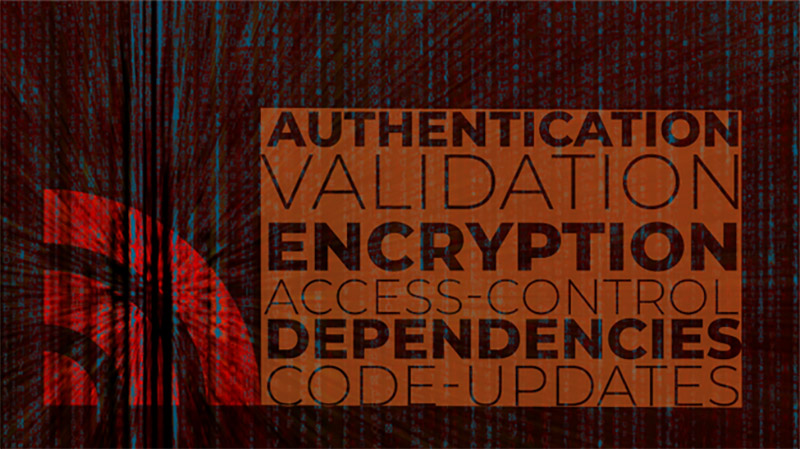Why does it matter now, more than ever?
With the rising demands on mobile applications, met by the acceleration from the mobile development market, cybercriminals are finding more opportunities to vector data that is becoming abundant. The job of cybersecurity professionals is becoming more complex by the minute, that more rigorous measures need to be taken into consideration to protect the less security-savvy users.
Being installed on a device that has access to device-specific security features like biometric authentication, mobile devices are still vulnerable to security risks like malware infections. The risks don’t stop at the mobile device, since a big percentage of mobile applications are also offered in web-based versions, the vulnerability landscape expands immensely, making their data more accessible through threats like cross-site scripting (XSS), cross-site request forgery (CSRF), and SQL injection attacks. To secure web applications, developers need to adopt secure coding practices, use encryption for sensitive data, and implement measures like server-side validation and access controls.
Mobile devices are still vulnerable to security risks like malware infections.
Code level cybersecurity in application development is a critical aspect of ensuring the security of systems. It involves implementing security measures and best practices at the code level to protect against potential threats such as hacking, data breaches, and malware infections.
Here are some basic, common practices that are widely adopted by developers to ensure the security of their users’ data from the get-go, namely on the code-level:
Input validation
A common-practiced security measure is input validation; Through checking user input’s format, the developer tries to ensure that the user’s does input any malicious code through the online-facing prompts. This can be done using various techniques such as using regular expressions to validate input or using built-in functions in programming languages to sanitize input and reject malicious or unauthorized commands.
Encryption
Encryption is the process of converting plain text into a coded format that is incomprehensible to anyone without the proper decryption key. This can be used to protect sensitive data such as passwords and personal information.
Authentication
Authentication is also a crucial aspect of code-level cybersecurity. it involves verifying the identity of users before granting them access to sensitive information or resources. This can be done using various methods such as login credentials or using biometric authentication methods such as fingerprints or facial recognition.
Access-control
This involves controlling access to resources based on the user’s role. Different roles can be user, database administrator, developer, or analyst. Each of them need access to different types of data, despite the overlap in some respects. Which can be done using various methods such as role-based access controls (RBAC) or attribute-based access controls (ABAC).
Code, tables, and dependencies updates
Goes without saying that keeping your code and dependencies up to date to address any known vulnerabilities is key to ensuring the security of your application. Regularly reviewing and testing your code for security issues is also a best practice, and if you have a small team, it is becoming trendier to adopt an AI-based scanning and remediation tool to save your resources.

These are a just few examples for code level security practices that apply on both mobile and web applications. More practices can be implemented depending on the use case. These can be implemented in your development lifecycle. If you want to read more, you can check out this blog post about Software Security Development Guidelines (SSDF) and the most widely adopted frameworks in the domain. And how hiring a DevSecOps professional can help you set the right strategy for your development roadmap.
